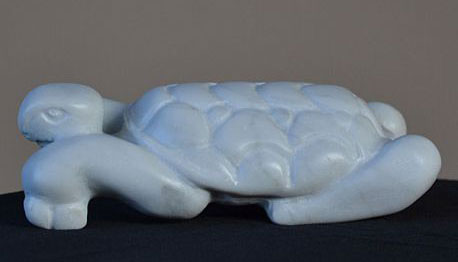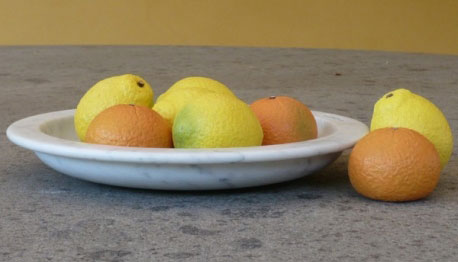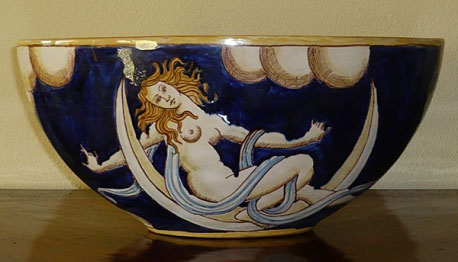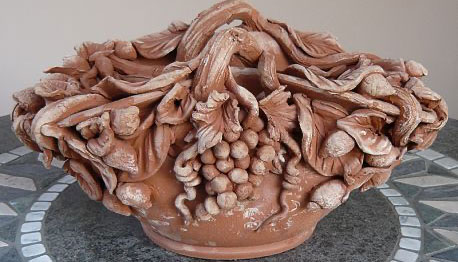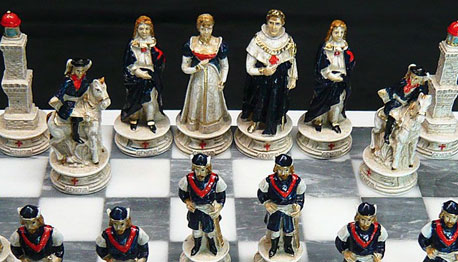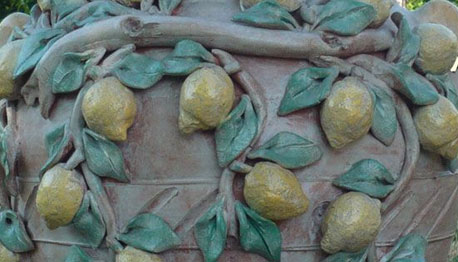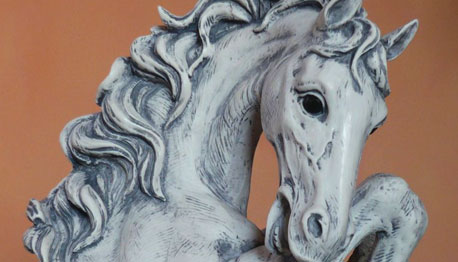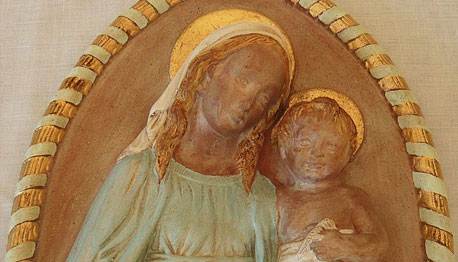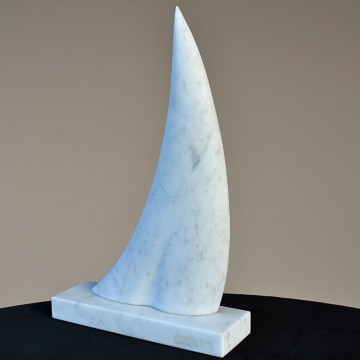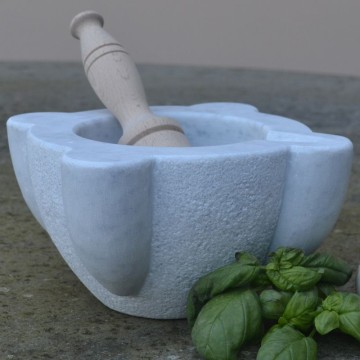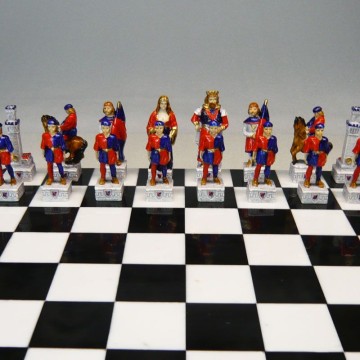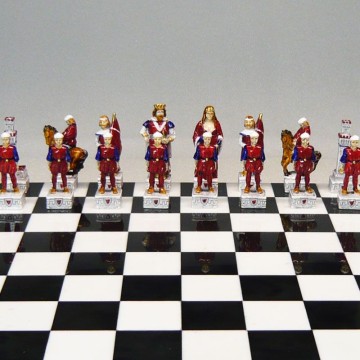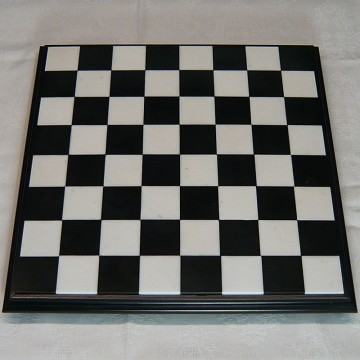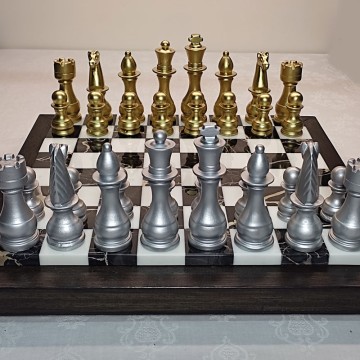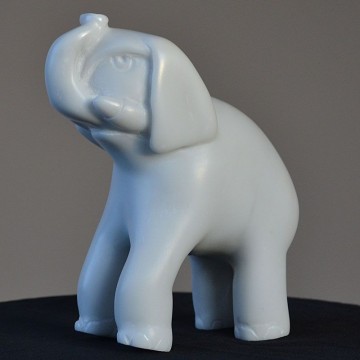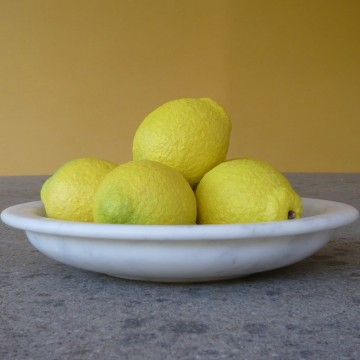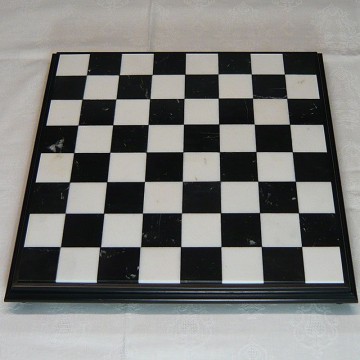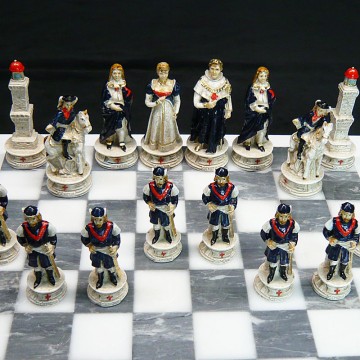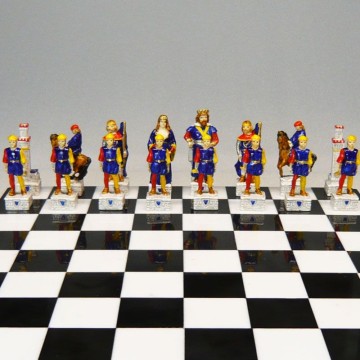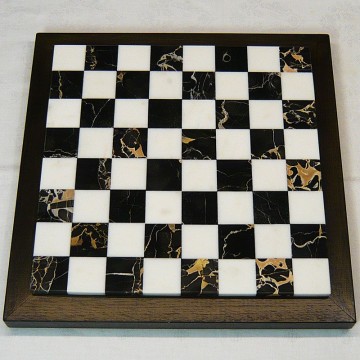Carved in White Carrara Marble, entirely hand-worked, with polishing.
- Home
-
Handicraft
add remove
-
Wines - Quality selection
add remove
-
WINERIES
add remove
- Antonelli San Marco - Montefalco (Perugia)
- Baricci Colombaio Montosoli - Montalcino (Siena)
- Benanti - Viagrande (Catania)
- Bertinga - Gaiole in Chianti (Siena)
- Bisci - Matelica (Macerata)
- Borgo San Daniele - Cormons (Gorizia)
- Bussola Tommaso - Negrar (Verona)
- Ca' du Ferrà - Bonassola (La Spezia)
- Cantina Togliana - Carema (Torino)
- Capanna - Montalcino (Siena)
- Capezzana - Carmignano (Prato)
- Capitoni Marco - Pienza (Siena)
- Castello di Bolgheri - Castagneto Carducci (Livorno)
- Castello Tricerchi - Montalcino (Siena)
- Carlo Centrella - Torrioni (Avellino)
- Cherubini - Brescia
- Colle Santa Mustiola - Chiusi (Siena)
- Conterno Fantino - Monforte d'Alba (Cuneo)
- Giuseppe Cortese - Barbaresco (Cuneo)
- Cupelli Spumanti - San Miniato (Pisa)
- Dal Forno Romano - Cellore d'Illasi (Verona)
- Dario Di Vaira Az. Agr. Eucaliptus - Castagneto Carducci (Livorno)
- De' Ricci - Montepulciano (Siena)
- De Vidda (Pasquale Bonamici) - Mamoiada (Nuoro)
- Fattoi Ofelio e Figli - Montalcino (Siena)
- Fattoria della Talosa - Montepulciano (Siena)
- Franchino - Gattinara (Vercelli)
- Frascole - Dicomano (Firenze)
- Fuligni - Montalcino (Siena)
- Gianni Brunelli Le Chiuse di Sotto - Montalcino (Siena)
- Girlan - Cornaiano (BZ)
- Elio Grasso - Monforte d'Alba (Cuneo)
- Franz Haas - Montagna (Bolzano)
- I Balzini - Barberino Tavarnelle (Firenze)
- I Giusti & Zanza Vigneti - Fauglia (Pisa)
- Il Marroneto - Montalcino (Siena)
- Isole e Olena - Barberino Tavarnelle (Firenze)
- Jankara - Sant'Antonio di Gallura (Sassari)
- La Cocombola - Lucca
- La Gerla - Montalcino (Siena)
- La Spinetta - Castagnole delle Lanze (Asti)
- Le Macchiole - Bolgheri - Castagneto Carducci (Livorno)
- Le Pupille - Grosseto
- Lodali Walter - Treiso (Cuneo)
- Losi Querciavalle - Castelnuovo Berardenga (Siena)
- Micheletti - Castagneto Carducci (Livorno)
- Monteraponi - Radda in Chianti (Siena)
- Montevertine - Radda in Chianti (Siena)
- Fabio Motta - Castagneto Carducci (Livorno)
- Franco Pacenti - Canalicchio - Montalcino (Siena)
- Siro Pacenti - Montalcino (Siena)
- Petricci e Del Pianta - Suvereto (Livorno)
- Petrolo - Mercatale Valdarno (Arezzo)
- Pietroso - Montalcino (Siena)
- Pira Luigi - Serralunga d'Alba (Cuneo)
- Poggio Brigante - Magliano in Toscana (Grosseto)
- Salvioni La Cerbaiola - Montalcino (Siena)
- Sanlorenzo - Montalcino (Siena)
- Sara & Sara - Povoletto (Udine)
- Sassicaia - Tenuta San Guido - Bolgheri - Castagneto Carducci (Livorno)
- Schiopetto - Capriva del Friuli (Gorizia)
- Serni Fulvio Luigi - Castagneto Carducci (Livorno)
- Solidea - Pantelleria (Trapani)
- Sorbaiano - Montecatini Val di Cecina (Pisa)
- Talenti - Montalcino (Siena)
- Tenuta di Ghizzano - Peccioli (Pisa)
- Tenuta Sant'Antonio – Colognola ai Colli (Verona)
- Terre del Marchesato - Castagneto Carducci (Livorno)
- Tiezzi "Vigna Soccorso" - Montalcino (Siena)
- Val delle Corti - Radda in Chianti (Siena)
- Vignaioli di Radda - Radda in Chianti (Siena)
- Volpe Pasini - Togliano di Torreano (Udine)
- Zucchi - San Prospero (Modena)
-
WINERIES
add remove
- Extra virgin olive oil
- Special offers
Call us:
+39 337 689965Elephant
Reference: GC002
Work carved from an only block of White Carrara Marble, entirely hand-sculpted.
 Security policies
Security policies
Transactions on PayPal secure server
 Terms and Conditions
Terms and Conditions
Read our term and conditions
At the base of the Apuan Alps, Carrara represents a unique reality in the world for its marble caves. Among the first who ventured into marble extraction there were the Romans who, inserting fig wood beams into the natural holes of the rocks, filled these ones with water until they completely impregnated the beams causing the cracking of the rocks. This extraction technique has been unchanged, but for little variations, till the Renaissance when Michelangelo started to frequently visit Carrara area to choose directly the raw material for his works.
Even today skilful craftsmen work this material with ability, creating wonderful pieces of art and decorative objects that represent important pieces of furniture.
Data sheet
- Code
- GC002
- Size
- h. cm. 27,5

Work carved from an only block of White Carrara Marble, entirely hand-sculpted.
in the same category
Carved from an only block of White Carrara marble, entirely hand-worked, bush-hammered outside and practical spout.
Complete of a wooden pestle, suitable to the practical use in the kitchen and herbal preparations.
Approved by "Consorzio per la Tutela del Palio di Siena"
Set of 32 pieces (16 + 16)
Artistic creation in recomposed marble, handmade and hand-painted by master craftsmen
Choose from the menu below the combination with the desired "Contrada"
Approved by "Consorzio per la Tutela del Palio di Siena"
Set of 32 pieces (16 + 16)
Artistic creation in recomposed marble, handmade and hand-painted by master craftsmen
Choose from the menu below the combination with the desired "Contrada"
Made of White Carrara and Black Belgium marble.
Mounted on black wood base and frame, finely worked.
Artistic creation in recomposed marble, handmade and hand-painted by master craftsmen
Set of 32 pieces ( 16 + 16 )
Artistic creation in recomposed marble, handmade and hand-painted by master craftsmen
Work carved from an only block of White Carrara Marble, entirely hand-sculpted.
Carved from an only block of White Carrara marble, hand worked, with polishing.
Carved from an only block of White Carrara marble, hand worked, with polishing.
Made of White Carrara and Black Marquina marble.
Mounted on black wood base and frame, finely worked.
Set of 32 pieces (16 + 16)
Artistic creation in recomposed marble, handmade and hand-painted by master craftsmen
Choose from the menu below the combination with the desired Maritime Republic
Set of 32 pieces (16 + 16)
Artistic creation in recomposed marble, handmade and hand-painted by master craftsmen
Choose from the menu below the combination with the desired Team
Approved by "Consorzio per la Tutela del Palio di Siena"
Set of 32 pieces (16 + 16)
Artistic creation in recomposed marble, handmade and hand-painted by master craftsmen
Choose from the menu below the combination with the desired "Contrada"
Carved from an only block of White Carrara marble, hand worked, with polishing.

